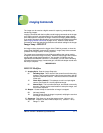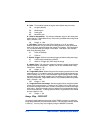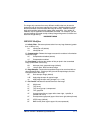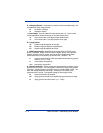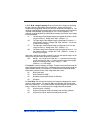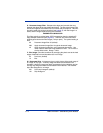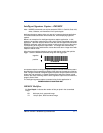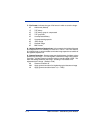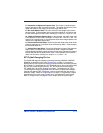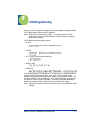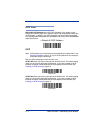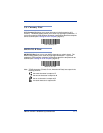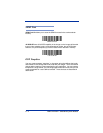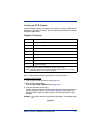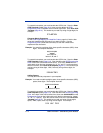
IMAGETEAM™ 2020/4620 System Manual 8 - 9
R - Resolution of Signature Capture Area: The number of pixels that the
imager outputs per each minimum bar width. The higher the value for R, the
higher the quality of the image, but also the larger the file size.
S - Bar Code Aspect Ratio: The ratio of the bar code height to the narrow
element width. In the example, the narrow element width is .010 inches and
the bar code height is 0.400 inches, resulting in a value of S = 0.4/0.01 = 40.
W - Width of Signature Capture Area: In the example, the width of the area
to be captured is 1.90 inches, resulting in a value of W = 1.9/0.01 = 190. The
value for W is slightly larger, to accommodate some extra image capture area
outside of the signature capture box.
X - Horizontal Bar Code Offset: The horizontal ratio offset of the center of the
signature capture area, in multiples of the minimum bar width. In the example,
the horizontal offset is 0.
Y - Vertical Bar Code Offset: The vertical offset of the center of the signature
capture area, in multiples of the minimum bar width. Negative numbers
indicate that the signature capture is above the bar code, and positive numbers
indicate that the area is below the bar code. In the example, the horizontal
offset is 0.70 inches, resulting in a value for Y = 0.7/0.01 = 70.
RF Default Imaging Device
The IT2020-5B supports imaging command processing (IMGSHP, IMGSNP,
IMGBOX) so that Quick*View (see "Quick*View" on page 11-5) and other
applications are able to perform imaging functions as if they were talking directly
to an IT4620. To accomplish this, the IT2020-5B uses a menu command called
RF_DID (RF Default Imaging Device). RF_DID is the name of the imager
(BT_NAM) that is to receive imaging commands. The default for RF_DID is
“*”indicating that imaging commands are to be sent to all associated imagers.
Change this setting to RF_DID
imager_name
to ensure that they are sent to a
particular imager. Refer to "Imager Report" on page 11-2 to generate a report
containing the port, work group, imager name, and address for each imager.
Refer to "Imager Name" on page 3-7 set a unique name for each imager.



